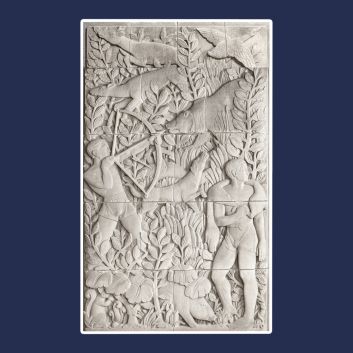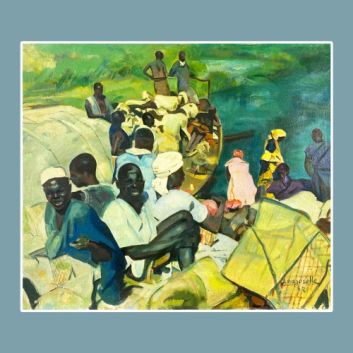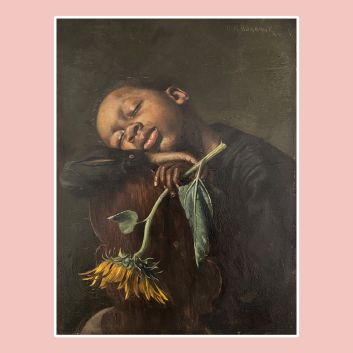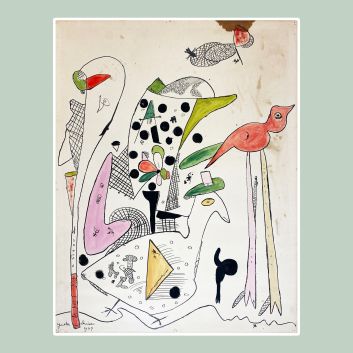Rating and value of World War II and Holocaust paintings
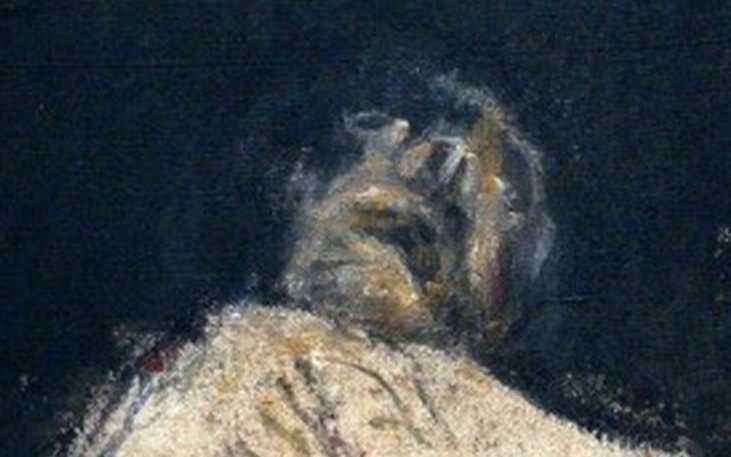
If you own a painting from the Second World War, and would like to know its value, our state-approved experts and auctioneers will offer you their appraisal services. Our specialists will carry out a free appraisal of your object, and provide you with a precise estimate of its value on today's market. Then, if you wish to sell your painting, we will guide you towards the best possible means of obtaining the best possible price. The price of a painting can vary widely, depending on the artist, the state of conservation, the school of painting and the subject depicted.
Rating and value of World War II paintings
Second World War paintings are sought-after by collectors. The price at which they sell on the art and auction markets ranges from €55 to €36,448,000, a considerable delta but one that speaks volumes about the value that can be attributed to your paintings. They are prized by buyers of all nationalities, and are of interest to some collectors because they are sometimes less expensive than masterpieces when the artist is not identified. Max Beckmann's oil on canvas Holle der Vögel , for example, fetched €36,448,000.
Order of value from simplest to most prestigious painting
Table type | Results |
|---|---|
Academic tables | From €55 to €147,300 |
Post-Impressionist paintings | From €120 to €1,698,660 |
Figurative paintings | From €230 to €7,487,350 |
Expressionist paintings | From €230 to €36,448,000 |
Response in less than 24h
Reasons to have a painting from this period appraised at auction
If you own a painting depicting the Second World War, you may not be aware of its value. Even if the painting is not signed, it is possible in some cases to identify the artist. If it is listed on the auction market, then the price could rise very quickly. It is also possible that the artist is not identifiable, and that only the school of the painting is known.
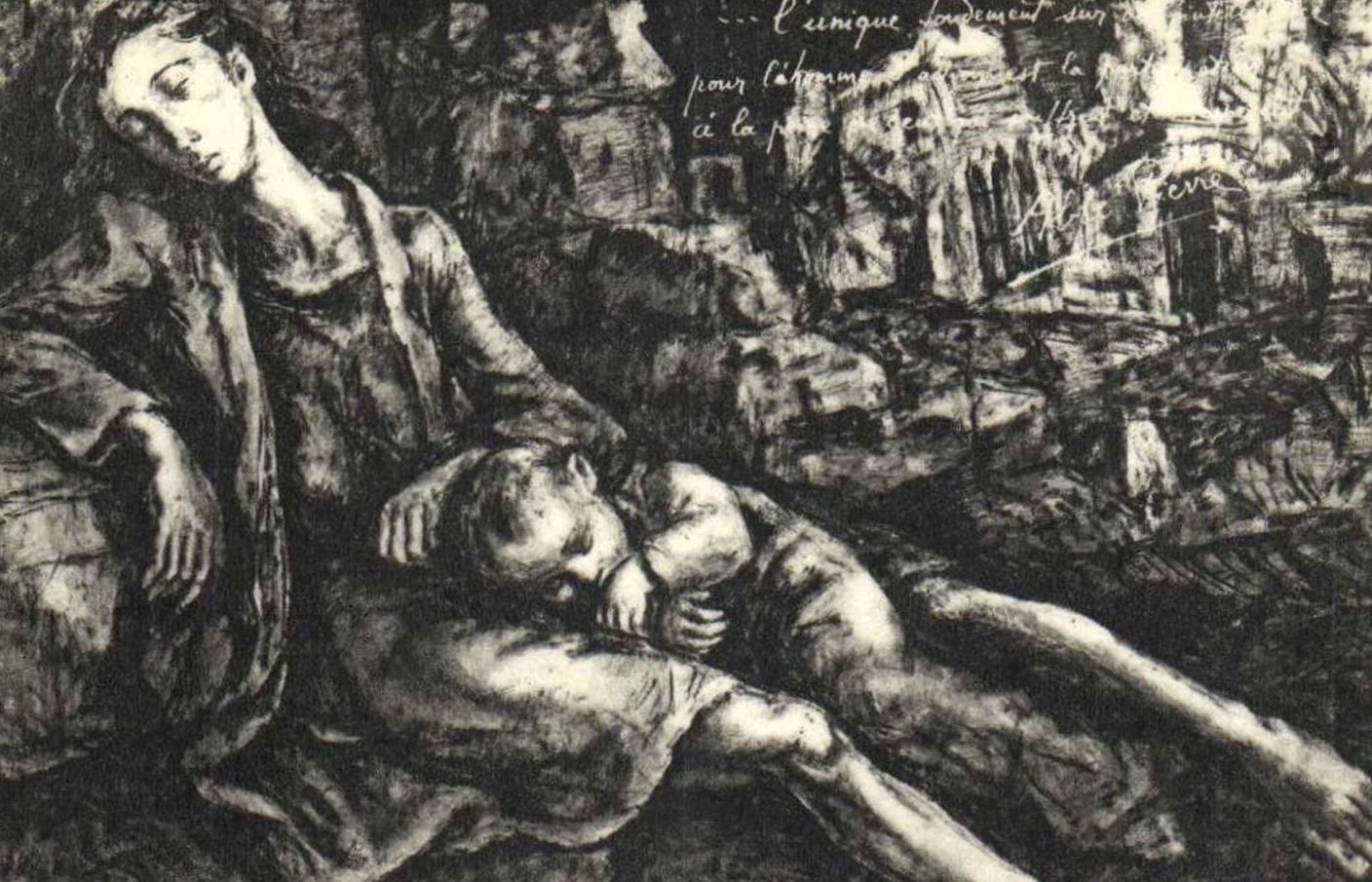
Defining a war chart
A war picture is a work of art often painted on a flat surface, usually using oil on canvas. However, some works are produced using drawing, etching, charcoal, oil on bristol or other techniques. These are no longer battle scenes or history paintings in the academic sense, as was the case in the 19th century and particularly with the paintings of the First Empire. Works associated with the Second World War were more likely to depict the historical consequences of the conflict.
Artists took advantage of the new artistic currents emerging at the beginning of the 20th century, and stopped conforming to the material and stylistic constraints of the Académie. All currents were put to good use. Some, such as Academism, Impressionism and the paintings of the Nabis, had fallen into disuse by the time the Second World War came around. Expressionism, particularly German, and Figuratism are now the dominant trends.
Representing the Second World War and the Holocaust
The twentieth century was marked by two major wars that had a major influence on the history of art.
During and after the Second World War, art expressed the pain and horror of six years of conflict and deportation in Europe. It was a need and a necessity for artists and audiences alike. Expressionism, emerging before the First World War, was the driving force behind this category of paintings. Two Expressionist groups existed in Germany: Die Brücke (the Bridge), whose members included Ernest Ludwig Kirchner. The other group, Die Blau Reiter (the Blue Rider), included Kandinsky, Franz Marc and Auguste Macke, among others. These two groups were to have a major influence on the works produced during the Second World War.
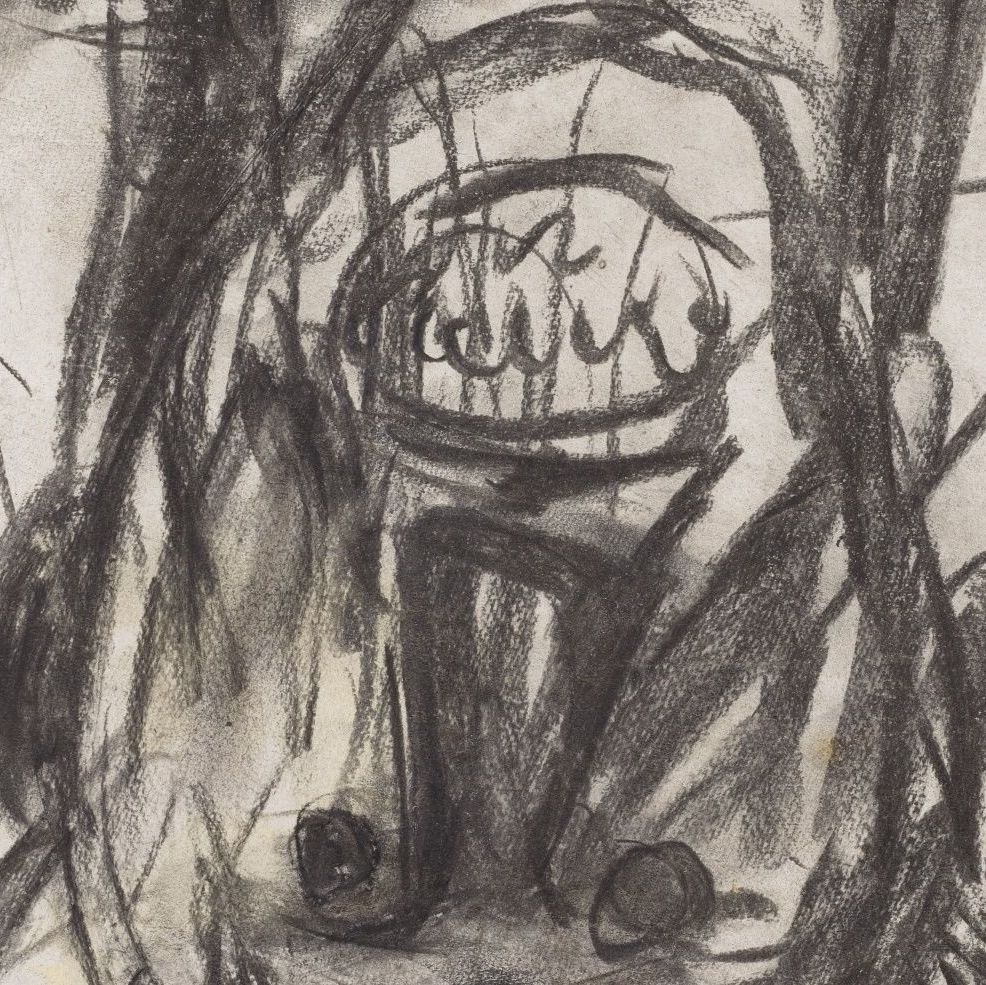
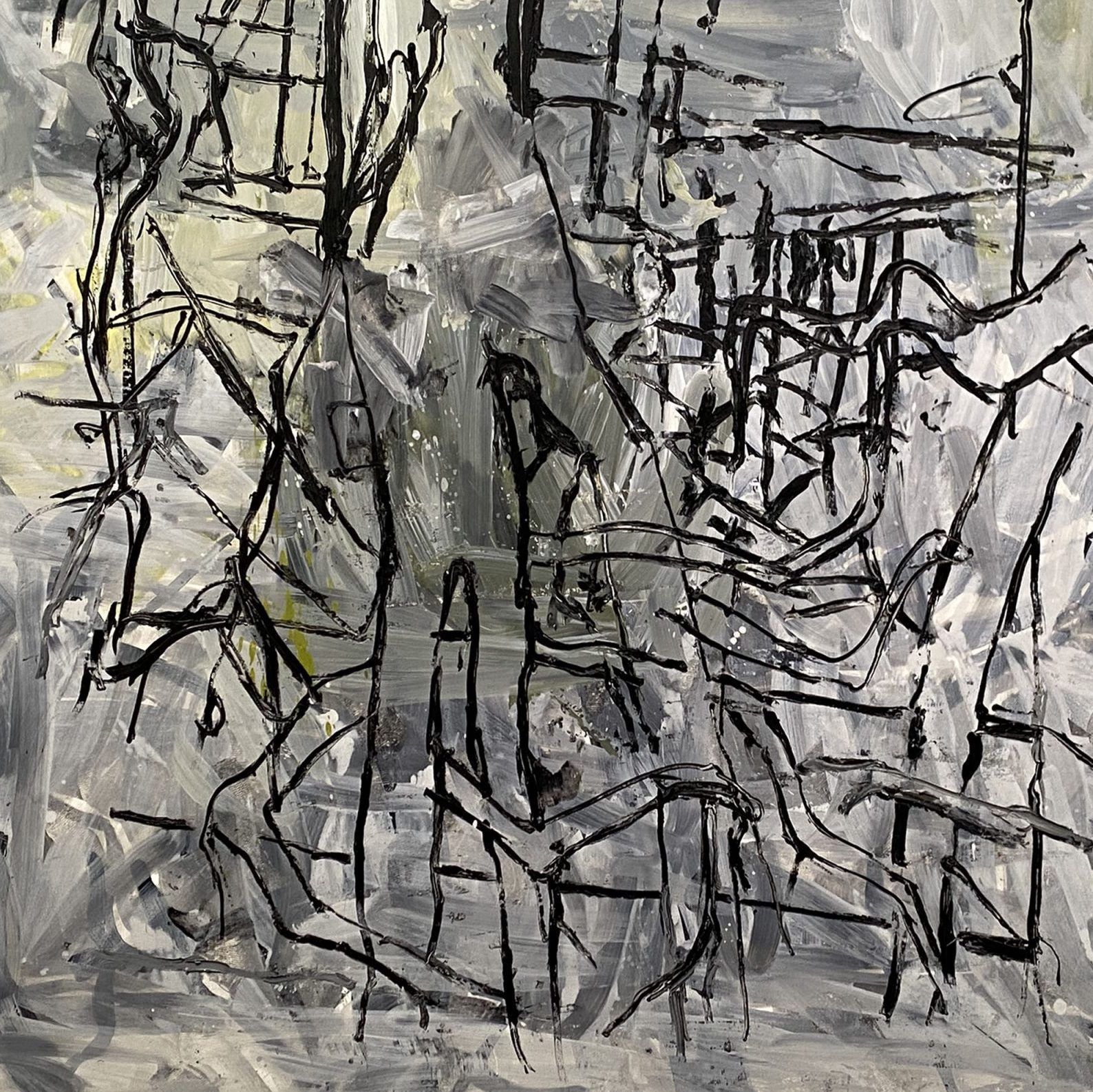
Many artists, such as Zoran Music, lived through the concentration camps and used art to externalize their emotions and leave an artistic trace of the Holocaust. The result is striking, like the works of Primo Levi or Jeorge Semprun. Today, his works have become veritable historical witnesses, as important as the manuscripts recovered from that period and subsequent literature.
Other artists experienced these tragic events vicariously. Such was the case of Maurice Mendjisky, who lost part of his family and saw the Polish ghettos with his own eyes. Like Marguerite Duras in La douleur, he externalizes his suffering in his work.
Younger artists, such as Georg Baselitz, also depicted the consequences of this war in their own way. For his part, Baselitz's works express life in his fractured homeland.
Signing paintings
Some Second World War paintings are not signed, and neither are the backs of their frames. That's why it's important to have your work appraised.
Find out the exact value of your painting
If you happen to own a painting from this period, whatever the school, or if you think you might, don't hesitate to request a free appraisal using the form on our website. A member of our team of experts and chartered auctioneers will contact you promptly with an estimate of the market value of your painting, and will provide you with all the relevant information. If you wish to sell your product, you will also be accompanied by our specialists in order to benefit from alternatives for selling it at the best possible price, taking into account the inclinations of the market.
Response in less than 24h
Related topics
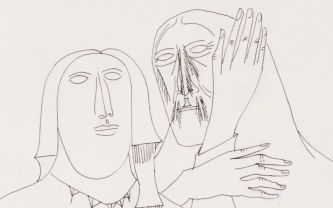
Rating and value of paintings by Francis N...
Francis Newton Souza is a contemporary Indian artist of the 20th century who has produced drawings and oils on canvas that are highly rated and sought after at auction.
Read more >
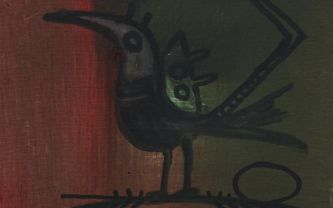
2024 quotation and value of paintings, drawings, sculptures by Wif...
Wifredo Lam is a Cuban surrealist artist whose works are highly valued on the auction market. Estimated in 24h.
Read more >
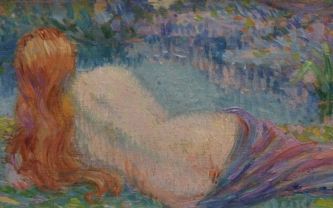
Rating and value of paintings by Hippolyte...
Hippolyte Petitjean is a twentieth-century pointillist painter who produced numerous works of high value.
Read more >
Secure site, anonymity preserved
State-approved auctioneer and expert
Free, certified estimates

